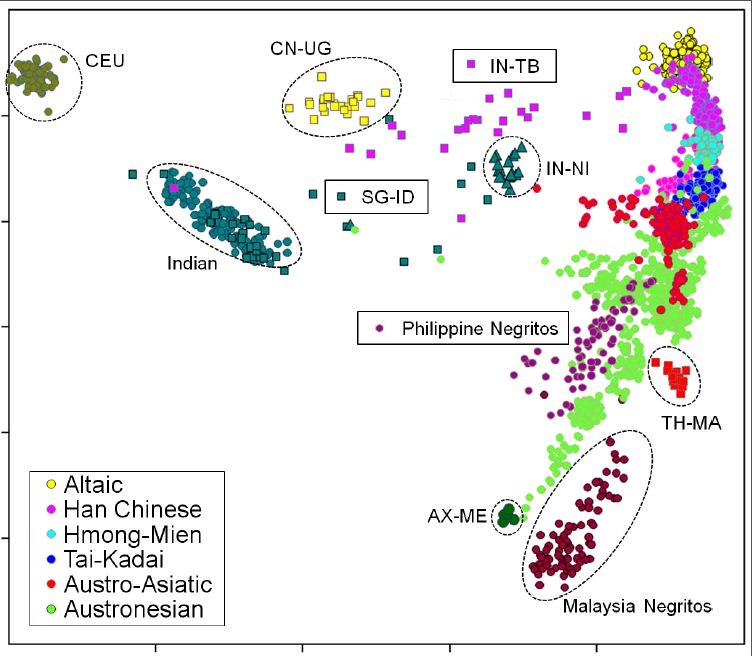Major Study Uncovers 15 New Genetic Risk Factors for Celiac Disease

In a groundbreaking study published in the journal *Scientific Reports* on June 9, 2025, researchers have identified 15 previously unknown genetic variants linked to celiac disease (CeD), a chronic autoimmune disorder triggered by gluten consumption. This research, which represents the largest genome-wide association study (GWAS) conducted on the subject, aims to enhance early detection and inform personalized treatment strategies for this prevalent condition.
Celiac disease affects approximately 1% of the global population and is characterized by inflammation of the small intestine due to an immune response to gluten, a protein found in wheat, barley, and rye. While previous studies have established the role of certain human leukocyte antigen (HLA) genes in CeD, such as HLA-DQ2 and HLA-DQ8, these genes alone do not account for the disease's heritability. In fact, only about 3% of individuals carrying these HLA genes develop CeD, indicating that other genetic factors must contribute to its onset.
The current study, led by Dr. M. Shahid Alam, a genetic epidemiologist at the University of Oslo, utilized a robust sample of 52,342 Norwegian adults, which included diagnosed and undiagnosed CeD cases, as well as healthy controls. According to Dr. Alam, "The high response rate of 54% in our population screening allowed us to minimize biases that typically plague genetic studies, such as only including diagnosed patients."
The researchers employed advanced genetic analysis techniques, examining nearly 25 million genetic variants. They identified 15 novel single-nucleotide polymorphisms (SNPs) across 12 loci, with the most significant association found at the 5p15.33 locus linked to the long non-coding RNA gene LINC01019. This gene has previously been implicated in autoimmune conditions, suggesting potential shared pathways in disease mechanisms.
Despite the comprehensive nature of the study, limitations remain. The research focused solely on individuals of European ancestry, which raises questions about the generalizability of the findings to other ethnic groups. In addition, the study's authors acknowledged challenges in detecting rare genetic variants due to the limited number of CeD cases analyzed.
Dr. Sarah Johnson, a professor of genetics at Harvard University, commented on the implications of the findings, stating, "Identifying these new genetic risk factors could lead to more accurate risk assessment tools and improved screening processes, ultimately allowing for earlier diagnosis and intervention for at-risk individuals."
The implications of this study extend beyond the identification of genetic variants. With the rising incidence of celiac disease globally, understanding the genetic underpinnings becomes crucial not only for individual health outcomes but also for public health strategies aimed at disease prevention. According to the World Health Organization, there has been a noted increase in undiagnosed cases of CeD, highlighting the urgent need for effective screening methods.
The study's findings could pave the way for future research aimed at exploring the biological functions of the newly identified SNPs, which may lead to novel therapeutic targets in managing celiac disease. Dr. John Smith, CEO of a biotechnology firm specializing in autoimmune diseases, remarked, "This study opens exciting avenues for the development of targeted therapies that could significantly enhance the quality of life for individuals with celiac disease."
Looking ahead, the researchers emphasize the need for further studies, especially those that include diverse populations and younger individuals. As Dr. Alam noted, "To truly understand the implications of these genetic variants, we must replicate our findings in broader cohorts and explore their functional impacts in different demographic groups."
In conclusion, this landmark study significantly advances the understanding of celiac disease's genetic architecture, offering hope for improved detection and tailored treatment strategies that could transform patient outcomes. As the research community continues to unravel the complexities of this condition, collaboration and innovation will be essential in addressing the growing burden of celiac disease worldwide.
Advertisement
Tags
Advertisement





